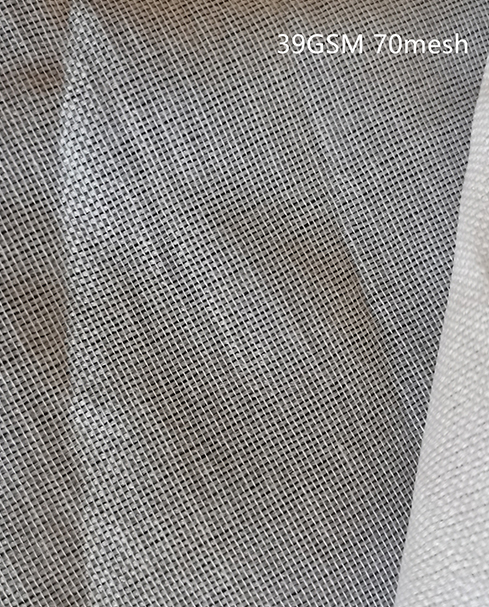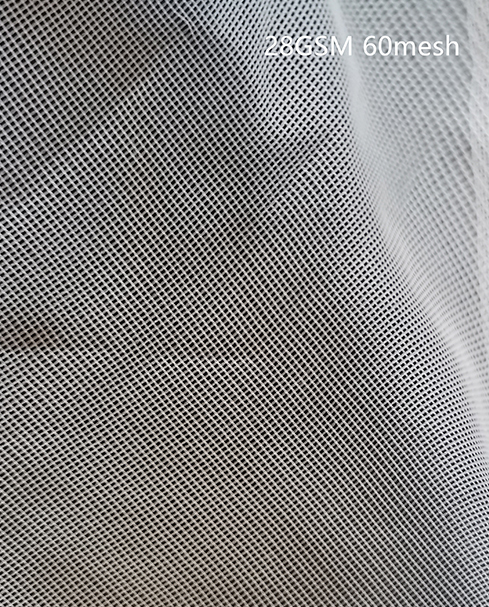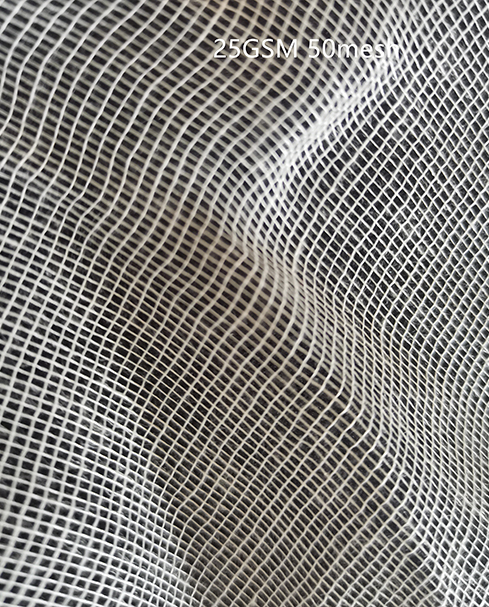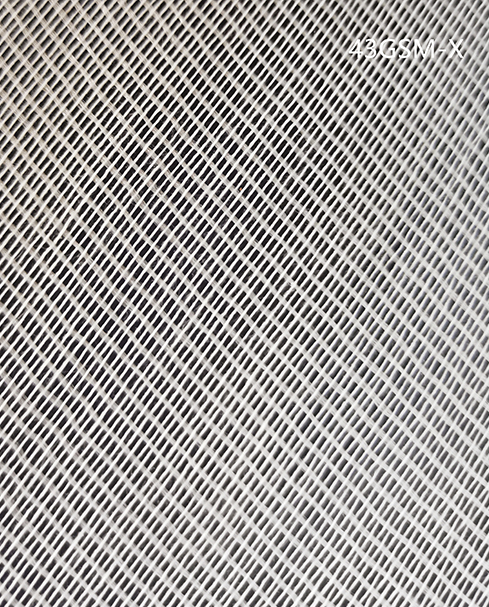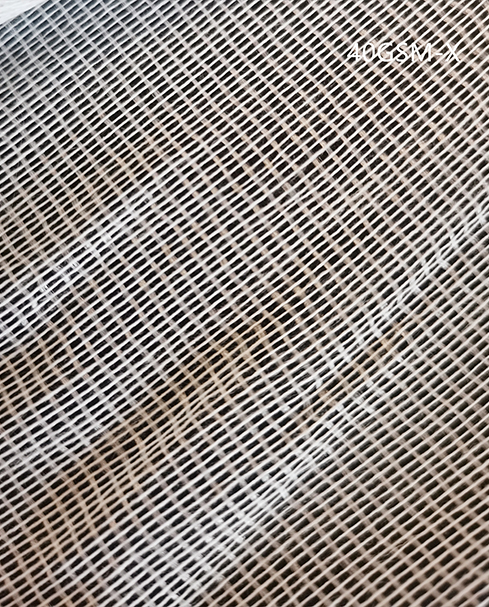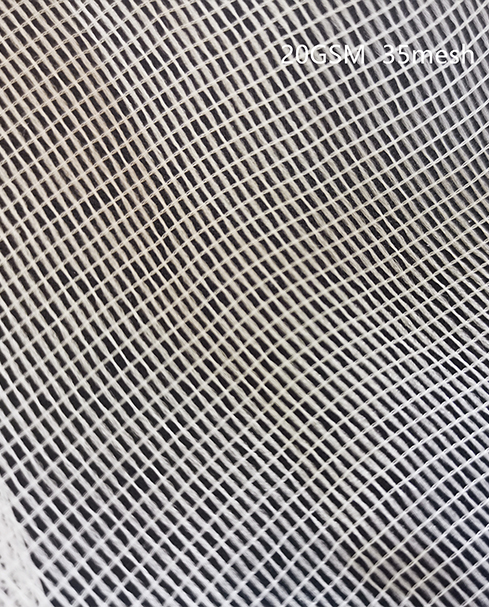For pure cotton combed fine yarn, the harmful defects affecting the fabric are mainly thick knots, thin knots, unevenness, flying, nep and abnormal defects in terms of the degree of harm and the frequency of occurrence.
How does the yarn defect affect the subsequent process?
1. thick knots and thin knots
Thick knots:the cloth surface appears as a prominent thick knot, which affects the appearance of the fabric and even causes the cloth surface to degrade. The fabric factory can improve the appearance by manual picking and repairing, but the picking and repairing operation is difficult, time-consuming and labor-intensive. Thin knots: because the yarn is thinner than the normal yarn, will form a weak loop of yarn strength, resulting in the breakage of the preparation and weaving process, affecting the preparation and weaving. Even if there is no end breakage, it will appear as a defect thinner than normal yarn on the cloth surface, and it cannot be repaired. When the number is large, the cloth surface will be degraded.
2, uneven drying
It affects the appearance of the fabric and causes the degradation of the fabric surface. In severe cases, the fabric surface appears as streaks or wood grain. In light cases, the surface of the fabric is not smooth and appears to have cloud spots.
3, flying
The cloth surface appears as cotton dots or white stars, and the stars are distributed on the cloth surface, which affects the appearance of the fabric. The cloth factory can reduce the cotton point by manual picking and repairing, but when the number is too large, the picking and repairing cannot achieve good results, and it is time-consuming and labor-intensive. When such defects are large, the yarn breakage rate during preparation and weaving will increase, which will affect the preparation and weaving efficiency, affect the appearance and smoothness of the fabric, and cause the fabric surface to degrade.
4, nep
The performance of the cloth surface is between thick knots and large neps, shorter than thick knots and loose fibers, which affects the smoothness of the cloth surface. It can be improved by manual picking.
5, abnormal defect
It is mostly manifested as long segments with low frequency, such as double yarns in single yarns, three yarns and four yarns in strands, etc., as well as long thick places and long details. Such defects seriously affect the appearance of the fabric and cause the fabric surface to be degraded. Generally, garment factories need to avoid cutting, which will reduce the utilization rate of the fabric. In more serious cases, it will even delay the delivery of the order and compensate customers for their losses.
It can be seen that the yarn defect has a great influence on the subsequent process, especially the cloth surface effect of the fabric. From the perspective of the product types of the cloth factory, different types of cloth have different quality requirements for the yarn: pure color cloth type (warp and weft yarns of the same color or different colors of plain weave fabrics): according to the contrast of the warp and weft colors, the cotton The requirements for knots are different. The greater the color contrast between warp and weft, the higher the requirements for neps, especially for specially finished fabrics, which have higher requirements for thick places and neps. Meter strip fabrics (fabrics with different colors of adjacent yarns in the warp, weft or warp and weft directions): The greater the color contrast of the yarns, the higher the requirements for thick places, neps and evenness. White cloth varieties (warp and weft are white or extra white cloth): relatively low requirements for thick knots and neps. Striped cloth type: Wide striped cloth has higher requirements on yarn neps than narrow striped cloth (when the color contrast is the same). Panel cloth (single or several yarns with high color contrast are embedded in ordinary plain weave fabrics): Usually panel yarns have higher requirements on yarn thick places, neps and unevenness.





